16 October 2025
Kira Hinsley
Michael Galley
Share
Behavioural solutions to increase helmet wearing amongst e-bike users
Cycling has become central to London’s efforts to create streets that are cleaner, safer, and more liveable. Over the past decade, the capital has seen a huge rise in bike use. Rental e-bikes, from providers like Lime, Forest, and TfL (Santander Cycles) are a significant factor in this: almost half of 18-34 year-old Londoners use a rental bike each week. In total, 60% of cyclists in London wear helmets – the highest proportion of any European city – but amongst e-bike users specifically, helmet use drops to just 10%. In this blog post, we explore how small but powerful interventions could help bridge the gap between what e-bike riders know is a sensible safety precaution (helmet-wearing) and what they actually do.
Lime bikes have become a symbol of the city’s transport shift, they are easy to use, ‘trendy’, and widely accessible. At the same time, e-bikes are heavier than traditional bicycles (around 25kg), can reach speeds of up to 15mph, and attract users who have never cycled in London before, creating serious safety concerns. Despite clear evidence that helmets greatly reduce the chance of death or serious injury, including long-term harm, most riders continue to cycle without one. At first glance, the decision seems straightforward: wear a helmet and stay safer. Yet as with many aspects of human behaviour, the reality is far more complex.
One important factor is that e-bikes are often different from trips on a personally-owned bike. Riders may not start from home, meaning they are less likely to carry a helmet. Many users do not own bikes, cycle infrequently or live outside the city, so access to helmets can be a significant barrier. Even if companies wanted to provide helmets, practical issues can arise: securing helmets to rented e-bikes is difficult, especially given the risk of theft, as seen in Australia where Lime is required to attach helmets to e-scooters. This means that solutions like supplying a helmet are not straightforward.
Several groups have a clear stake in addressing low helmet use on rental e-bikes. Riders are the most directly affected, though it is unclear whether they intend to wear helmets but fail to follow through, or whether helmet use is not considered at all. Providers such as Lime and Forest face reputational risks when accidents occur on their bikes and carry a degree of responsibility for user safety. NHS stakeholders are also involved, as avoidable cycling injuries create additional strain on already limited resources. Finally, transport authorities are under pressure to reduce accidents on public roads and protect the role of cycling in London’s wider mobility and sustainability strategy.
One response has been to introduce strict laws making helmets compulsory, such as in Australia. While this approach may increase safety, it also discourages cycling, which undermines wider sustainability goals and reduces freedom of choice. Instead, behavioural science can offer a different approach; by applying the EAST (Easy, Attractive, Social, and Timely) framework to helmet use, it is possible to encourage safer cycling without heavy-handed regulation.
Helmet use should be as easy as possible
Options could include attaching helmets directly to e-bikes, installing helmet-sharing dispensers near bike bays, or partnering with supermarkets or other shops to offer low-cost helmet rentals integrated into the booking system. Foldable helmets, which fit easily into a bag, reduce the practical barrier of carrying one after you finish riding.
Helmets need to feel attractive rather than a burden
Helmet producers can achieve this through attractive designs (such as offering a range of styles and colours), whilst e-Bike providers can use incentives like discounts, ride credits, or loyalty points for uploading a selfie (wearing a helmet) before riding. This could be enhanced with gamification, such as in-app leaderboards tracking “safe rider streaks”. Clear visual communication of the benefits, such as the reduced injury of wearing a helmet, can also strengthen the message. There is also scope for more creative campaigns. For example, Lime trialled a lottery-style incentive in Brisbane, randomly handing out $50 to riders who wore helmets. This can make helmet-wearing feel both fun and rewarding.
People are strongly influenced by what others around them do
Campaigns featuring local influences, athletes, or public figures wearing helmets could normalise the behaviour. Apps could introduce peer challenges, allowing friends to compete on helmet-wearing streaks. Communicating descriptive social norms - for example, “ 80% of riders in your area wear a helmet” - could further encourage uptake.
The right prompt at the right time can be powerful
Push notifications before a ride could remind users to wear a helmet or highlight nearby helmet availability. First-time users could receive targeted messages and promotions, since habits are easier to form early on. After a ride, apps could ask whether the rider wore a helmet, reinforcing the behaviour and gathering feedback. Similarly, simple in-app surveys, such as “We noticed you don’t usually wear a helmet, why is this?”, could also lead to reflection and goal-setting.
Encouraging safer cycling through behavioural science
Helmet use on London’s rental e-bikes highlights the complexity of human behaviour. While many cyclists understand the safety benefits, they often do not wear helmets due to a combination of habits, perceptions, and practical barriers. Behavioural science can offer a way forward by informing interventions that encourage safer cycling while avoiding the unintended consequences of strict regulation. In doing so, the city can strengthen rider safety, protect providers’ reputations, relieve pressure on health services, and foster a culture of sustainable urban mobility.

